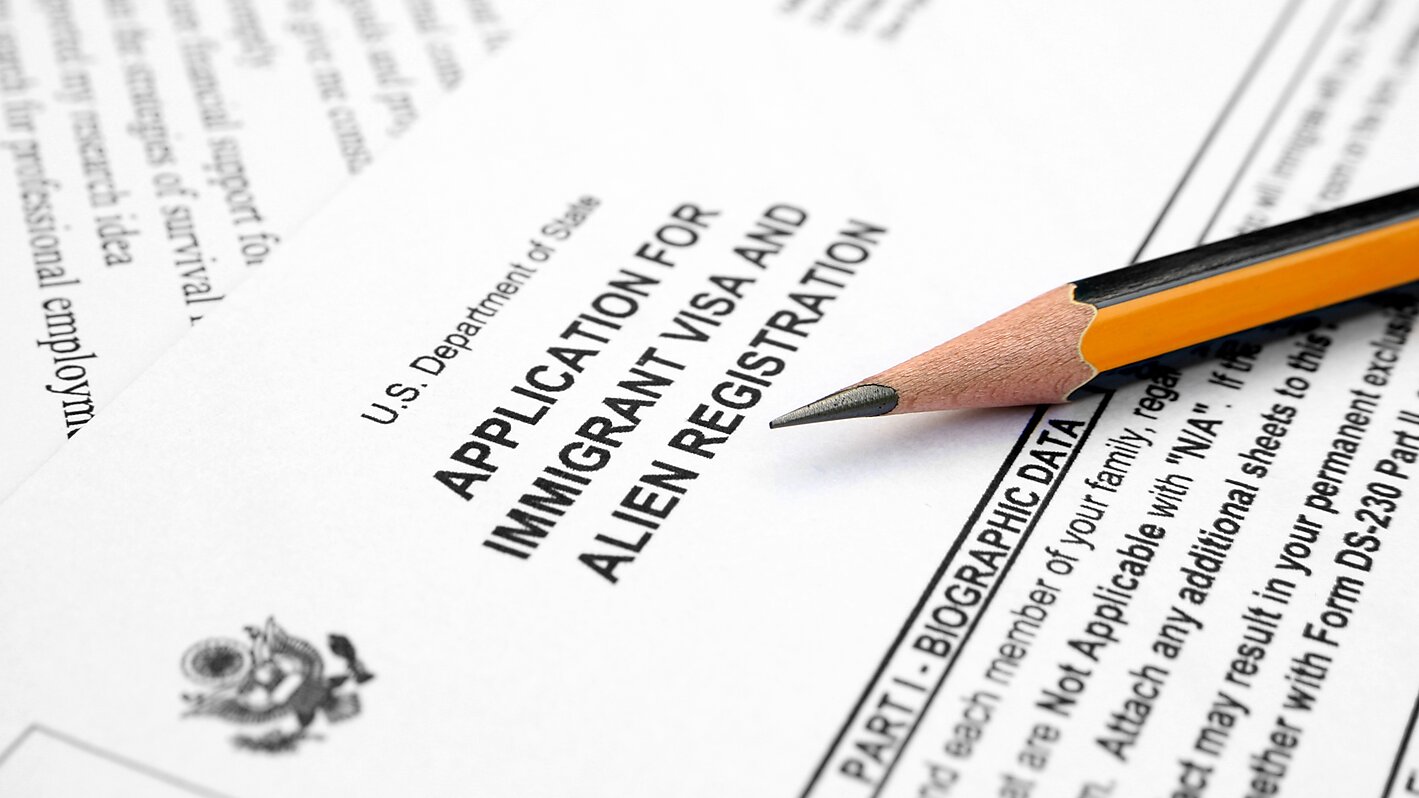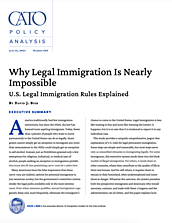Many Americans have the false impression that these carve‐outs are realistic options for potential immigrants to join American society, but the government’s restrictive criteria render the legal paths available only in the most extreme cases. Even when someone qualifies, annual immigration caps greatly delay and, more frequently, eliminate the immigrant’s chance to come to the United States. Legal immigration is less like waiting in line and more like winning the lottery: it happens, but it is so rare that it is irrational to expect it in any individual case.
This study provides a uniquely comprehensive, jargon‐free explanation of U.S. rules for legal permanent immigration. Some steps are simple and reasonable, but most steps serve only as unjustified obstacles to immigrating legally. For some immigrants, this restrictive system sends them into the black market of illegal immigration. For others, it sends them to other countries, where they contribute to the quality of life in their new homes. And for still others, it requires them to remain in their homeland, often underemployed and sometimes in danger. Whatever the outcome, the system punishes both the prospective immigrants and Americans who would associate, contract, and trade with them. Congress and the administration can do better, and this paper explains how.




